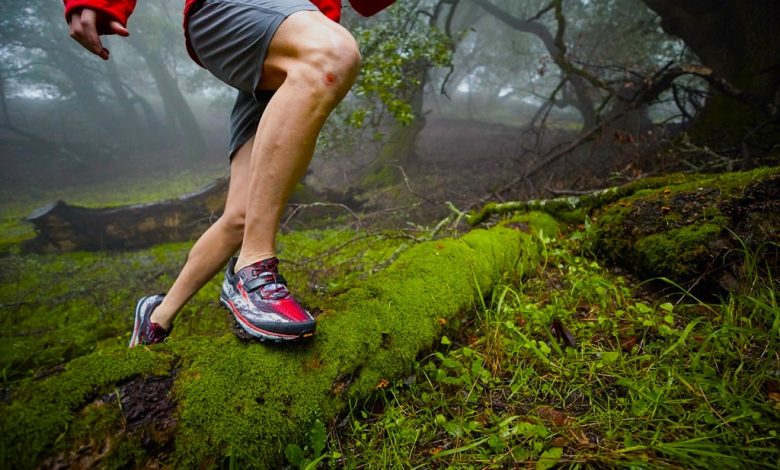The Science Behind Athletic Shoe Innovation

The world of athletic shoes has evolved remarkably from its humble beginnings to a dynamic industry at the forefront of technology and design. This journey, fueled by scientific advancements and a deeper understanding of human biomechanics, has transformed athletic footwear into not just a functional necessity but a beacon of innovation.
The Early Days of Athletic Shoes
Tracing the origins of athletic shoes takes us back to a century when they were little more than modified dress shoes. Early designs were rudimentary, focusing primarily on basic comfort and protection. It wasn’t until the mid-20th century that companies began to consider the athletic needs of sportsmen and women. This period marked the start of a revolutionary journey in athletic footwear, laying the foundation for what would become a multibillion-dollar industry.
Biomechanics and Athletic Footwear
The integration of biomechanics into shoe design marked a significant turning point. Understanding how the body moves, especially the intricate mechanics of the foot and ankle, has been crucial. Innovations such as toe spreaders, which help maintain the natural alignment of the toes, and the incorporation of flexible materials have enhanced performance and reduced injury risks.
This meticulous attention to biomechanics has given rise to shoes tailored for specific activities, considering factors such as impact absorption, stride pattern, and the unique anatomy of the wearer’s foot. In this landscape of advanced footwear, a notable trend has emerged — the adoption of barefoot shoes.
Barefoot shoes represent a distinctive branch of athletic footwear that takes biomechanics to another level. Inspired by the concept of barefoot walking or running, these shoes aim to provide the benefits of natural movement while still offering some protection to the feet.
Interestingly, the question of whether to wear socks with barefoot shoes adds another layer to the discussion. While traditional shoes often necessitate the use of socks for moisture-wicking and comfort, the design philosophy of barefoot shoes challenges this norm.
The thin and flexible nature of barefoot shoes is intended to mimic the feeling of being barefoot, allowing the foot to move more naturally and engage the muscles more actively. Some advocates of barefoot shoes argue that wearing socks can potentially diminish the sensory feedback and tactile connection between the foot and the ground.
However, personal preferences and specific use cases may vary. In colder climates or for individuals who prefer the added layer of protection, wearing socks with barefoot shoes is not uncommon. In such cases, thin and minimalist socks are often recommended to maintain a closer approximation to the barefoot experience.
Sustainability in Shoe Manufacturing
As our awareness of environmental impacts grows, sustainability has become a key focus in athletic shoe manufacturing. Brands are continually exploring eco-friendly materials and production methods, aiming to reduce carbon footprints while maintaining high performance. Recycled materials, biodegradable components, and more efficient manufacturing processes illustrate the industry’s commitment to a greener future.
Customization and Personalization in Athletic Shoes
Customization and personalization are the new frontiers in athletic footwear. Advances in technology now allow for shoes that are not only tailored to the specific athletic needs of an individual but also to their aesthetic preferences. This level of personalization extends beyond just color and design; it encompasses unique foot shapes, gait patterns, and cushioning preferences. This shift towards individualized footwear is a testament to the industry’s innovation and responsiveness to consumer needs.
Conclusion
The journey of athletic shoe innovation is an ongoing saga of scientific discovery, technological advancements, and a deepening understanding of human physiology. From the early days of basic designs to the current era of biomechanically advanced, sustainable, and personalized footwear, this industry continues to push the boundaries of what is possible. As we look forward, the fusion of science, technology, and design promises even more exciting developments in the world of athletic shoes.


